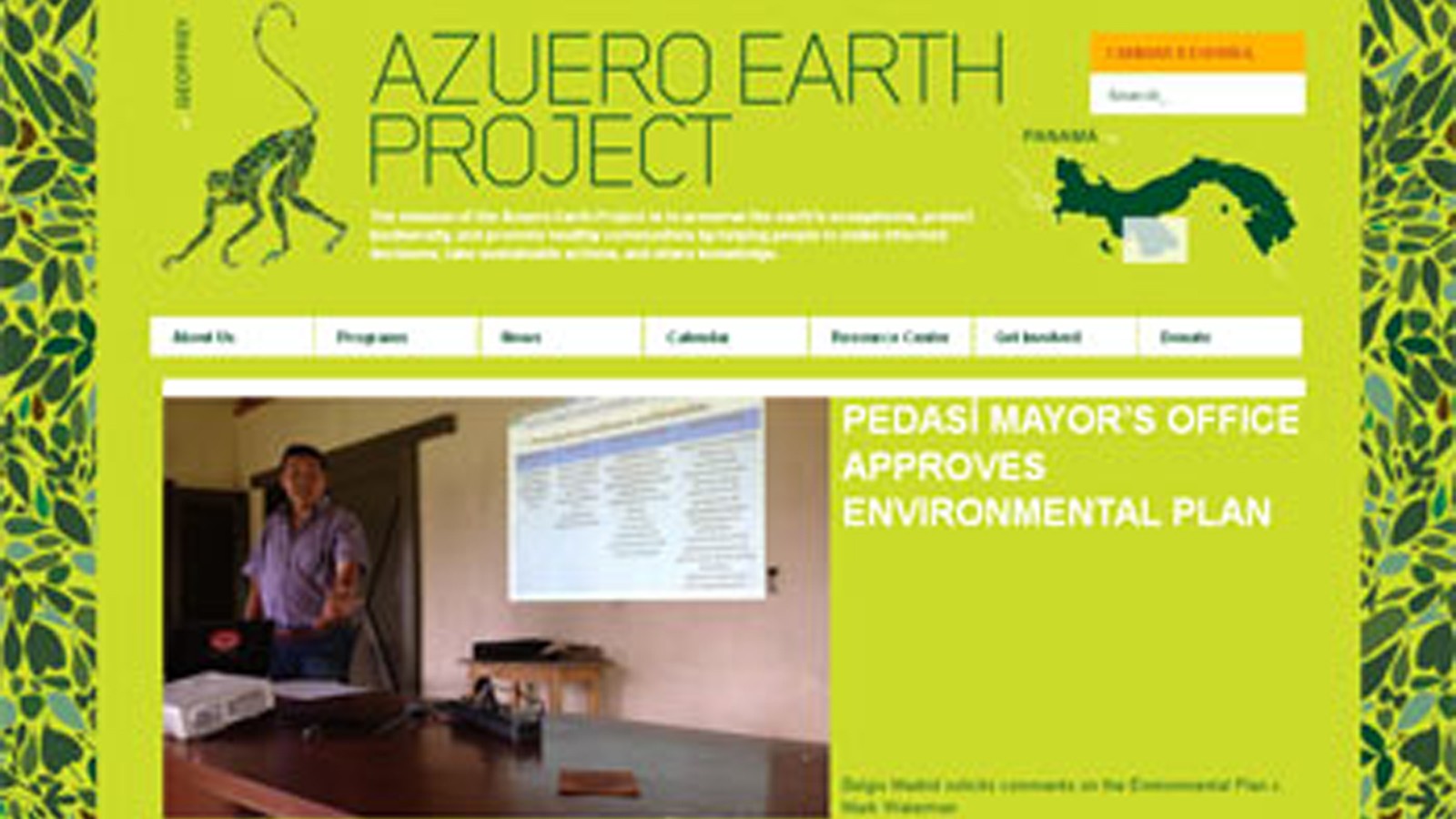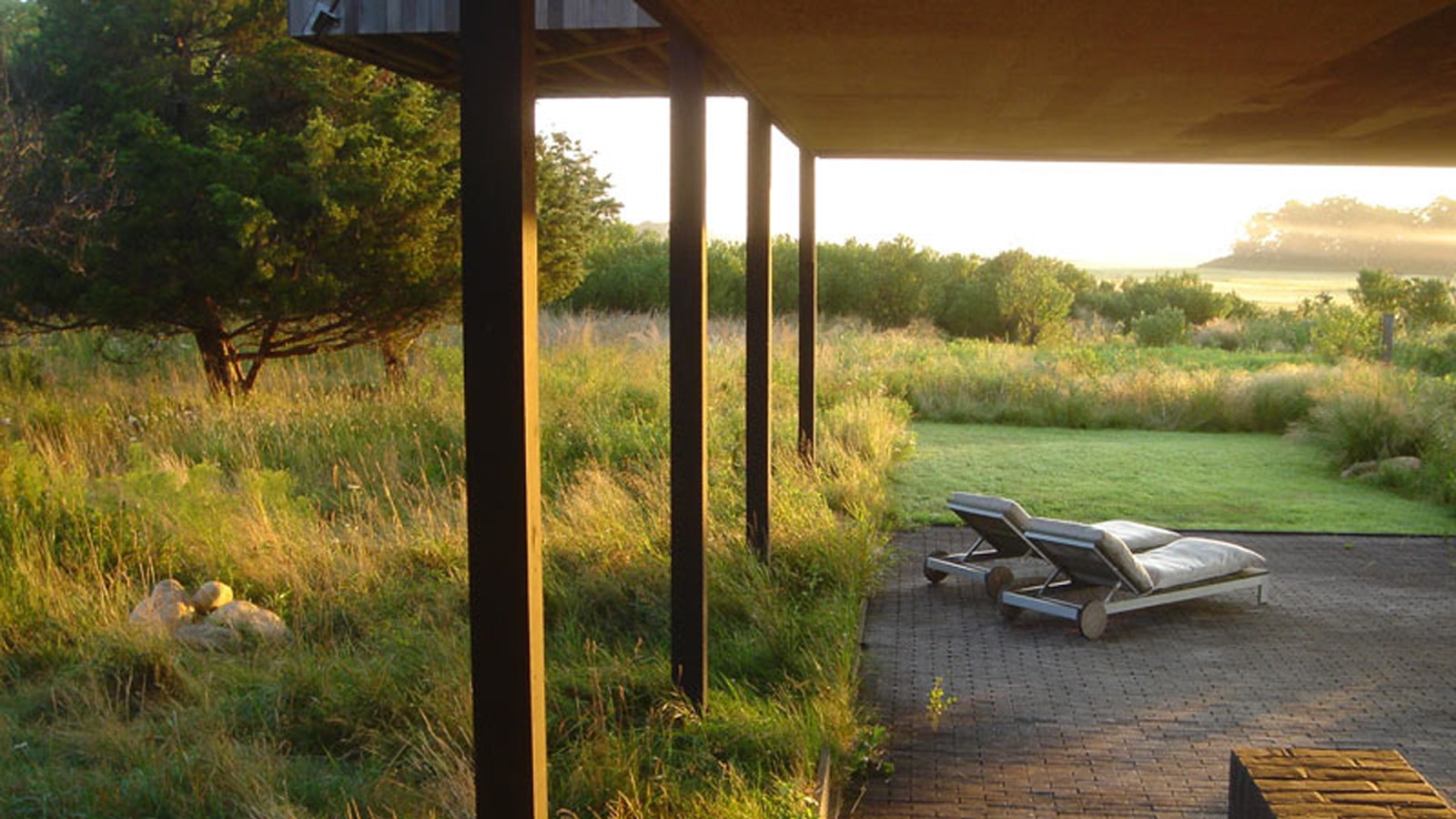It Takes One: Edwina von Gal
After designing landscapes for a very long time, I am making a career shift into running an environmental organization called the Perfect Earth Project. We are working to eliminate the use of toxins in lawns and landscapes. We are only just getting started. It is an outgrowth of the Azuero Earth Project I helped to found in Panama, sort of a reverse commute. We will organize outreach through social media and art to spread the word. In particular we will focus on mothers and pet owners, as children and dogs are so particularly vulnerable. Golf courses, botanical gardens and campuses are also important. Our website will be a hub of information that will collaborate with physical educational hubs in communities across the US. We are already in conversation with a local land trust to do so here, our model project.
How would you define a cultural landscape?
One that has had a continuing effect on the community it serves. I love village greens and small parks in town and city centers, where people gather, perform and play. I think these spaces will play an increasingly important role.
Tell us about your work with Perfect Earth.
As lawn and landscape chemicals get more sophisticated, they have gotten more toxic. There is mounting evidence that they pose serious health threats to those who apply them and work and play on them. They are particularly dangerous for children and pets. I don’t know what set me off, but now I can’t stop working on this. Maybe it is because it seems like such an obvious thing to do (stop putting pesticides on your property), something anyone can do (by not doing!), and they are taking a significantly positive environmental step at the same time.

How did your understanding of this landscape change as a result of your advocacy efforts?
I did not expect that I would get such a positive response, and we have hardly begun. People want to volunteer. People want to know what to do. They want to know what to buy! So that has inspired us to plan a product line that can be a source of funding and an awareness tool.
Did the understanding of others change as well? If so, how?
Most everyone is surprised to hear that it is entirely possible to have a “perfect” lawn without chemicals. My own garden is a great example: my play pen, laboratory and retreat. It is an unruly and willful version of what I do for my clients. This is partly because I don’t have their resources and partly because I like to see what will happen when I introduce an idea and let nature do much of the decision making. It is a collaboration with a piece of land about relinquishing, or establishing, just the right amount of control. Luckily, it is a remarkable piece of land. My property is a long rectangle, around five acres, tidal wetland on one side and former forest at the other end, with a vegetable garden along the way. My house is on the wetlands and my office in the wooded part. I have been experimenting with recreating meadow and restoring the forest and using mowed paths and log walls to define spaces.
But if you want a traditional lawn, the green carpet, that too is possible without chemicals. It is just a matter of commitment. A pesticide dependent lawn is a killing system. Everything but the grass is dead. A toxin free lawn is a living system, insects and fungi working to keep it growing, and the human providing some input. Toxin free is more intelligent. Toxin free is the true perfect.

What is the message that you would like to give our readers that may inspire them to make a difference?
Ask yourself why you would consider taking the risk of exposure to dangerous toxins if it isn’t necessary. And ask all the owners and managers of lawns and landscapes in your community do the same. Soon we will have a Web site that will provide support, education and information for homeowners and the service industry. For now, check out www.beyondpesticides.org andwww.ecolandscaping.org for great information and links to other good sites. And to keep up with what we are doing, check out www.azueroearthproject.org (which will have a link to the Perfect Earth Web site when it launches), or email me at edwina@perfectearthproject.org.







